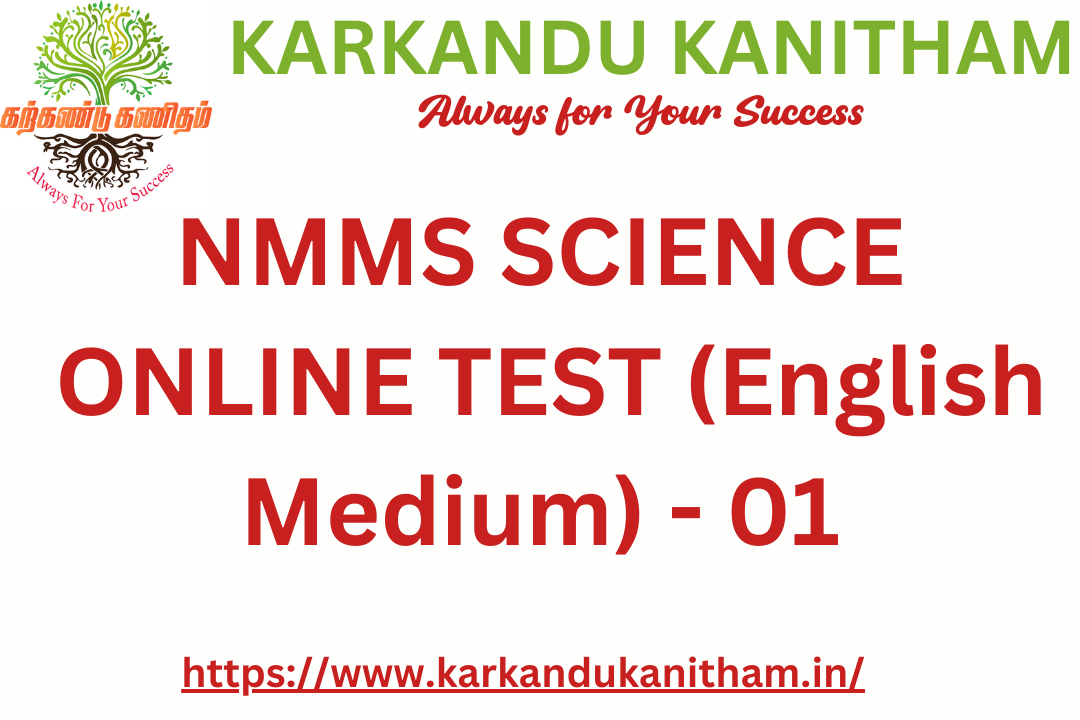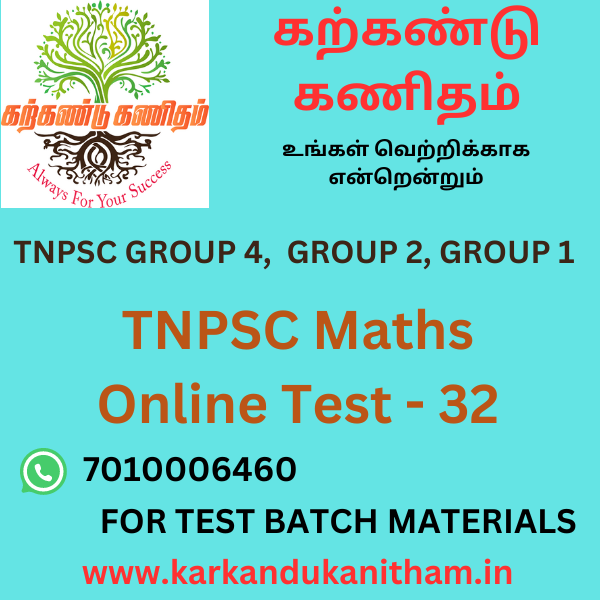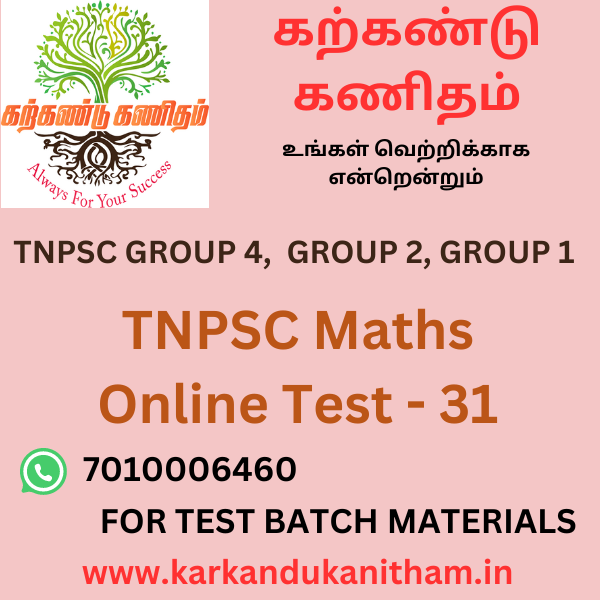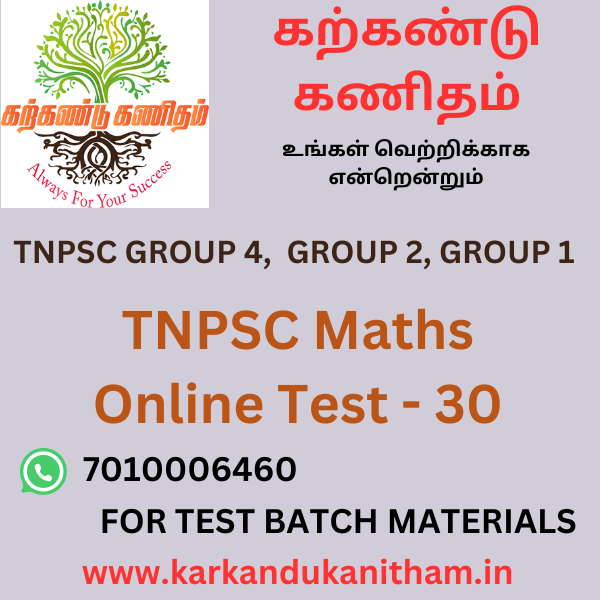TNPSC SCIENCE ONLINE TEST IN ENGLISH – 01: VIII STD LESSON-1: MEASUREMENT
2
| Pos. | Name | Score | Duration |
|---|---|---|---|
| 1 | DEVI | 2 % | 37 seconds |
| 2 | sdafsf | 0 % | 24 minutes 48 seconds |






